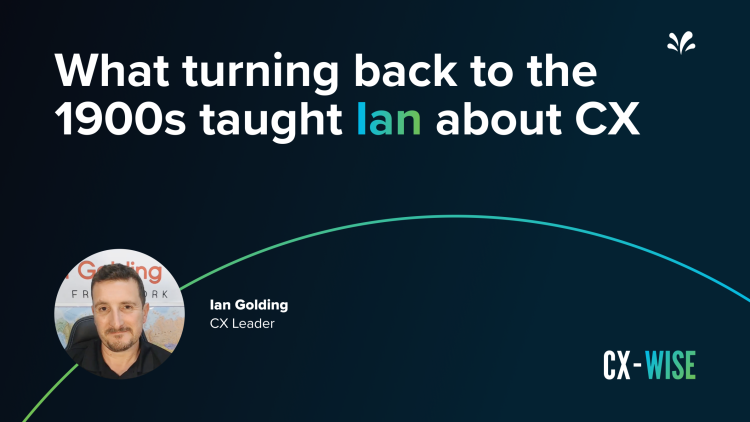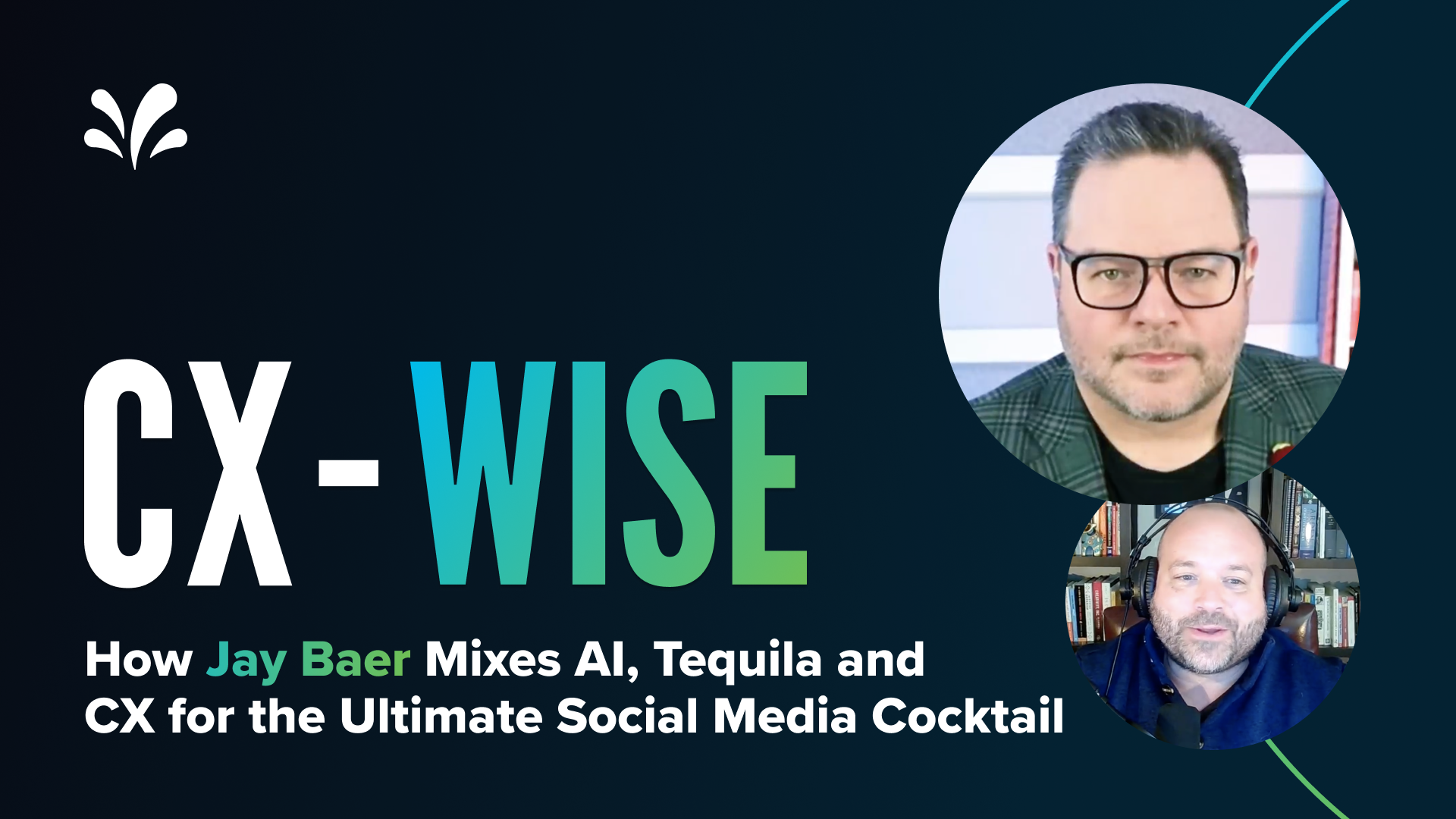Forrester found that emotion has a bigger impact on customer loyalty than both effectiveness and ease. As a result, they dubbed 2015 the year that companies should jump on the “emotional bandwagon” to differentiate their customer experience. Indeed, we have seen a flurry of online content and reports appear about emotional branding and emotional design.
This isn’t simply a new trend; emotions have always played a leading role in brand perception. Emotional customer experience is grounded in how their interactions with you make them feel. Emotions are at the very core of customer experience, and understanding the science of emotions is imperative in unlocking the power of your brand throughout your customers’ experience.
Human emotion is incredibly complex, but digging into the science behind why we feel what we feel, and how that impacts our behavior, can provide useful insights into how brands can design better customer experiences.
Different Emotions Last Longer Than Others
When designing your emotional customer experience, be aware of how invoking particular emotions at specific times can have a long-lasting effect, as humans harbor certain feelings for longer than others.
Emotions such as desperation, anxiety, and sadness tend to last much longer than positive emotions like gratitude. Here’s how this applies to your customer experience: When someone is in a moment of frustration and they have a negative customer experience, it will weigh more heavily on how they feel about your brand.
This may seem obvious, but here’s the interesting part: Emotions outlast our brain’s capacity to remember content—the way an experience made us feel will persist long after rational information has been forgotten.
As Arjun Chaudhuri found, we may forget the content of a book or advertisement, but we won’t forget the feelings they elicited in us.
It’s important that marketers understand their customer experience and how it influences human emotion. Here are five questions marketers can ask when examining their customer experience strategy:
1) What feeling does your brand evoke at each point of interaction, and how might that influence consumer behavior?
2) How will customers feel after interacting with your brand?
3) How long might the impact of their experience last?
Emotions, Not Rationale, Leads Decision-Making
Studies show that people will decide to buy a product based on their feelings, then use rationale to justify the purchase. In the words of Simon Sinek, “people don’t buy what you do; they buy why you do it.”
The neocortex is responsible for all of our rational, analytical thought, and language. It allows us to reason, but it does not drive our behavior.
The limbic brain, however, is responsible for feelings such as trust and loyalty. This part of the brain drives our emotional connection as well as our behavior and decision-making.
In other words, we are driven to behave based on our emotional brain. As humans, we take in sensory input to make sense of a situation and then make our decisions based on this. However, the emotional brain processes sensory information in one fifth of the time our cognitive brains takes to assimilate the same input.
When engaging the senses through visual communications and content, remember that your customer will always make a buying decision driven by emotions they feel at the moment of purchase.
A study found that the emotional response to an ad has far greater influence on a consumer’s intent to buy a product than does the ad’s content by a factor of 3-to-1 for television commercials and 2-to-1 for print ads.
Engaging the right senses—at the right time—is key. Demonstrating this is the case study of a Dunkin Donuts campaign, which released a coffee aroma whilst playing the company’s jingle on municipal buses. The campaign increased visits to Dunkin Donut outlets near bus stops by 16% and sales at those outlets by 29%.
They used a sensory effect (smell), to make people think about, associate, and feel like they wanted Dunkin Donuts —and it worked. Also, these subtle influences, are not even detected as marketing, so they do not get the same resistance that humans naturally feel towards ads and other promotions.
We are quite simply, wired to pay attention to our emotions.
We Share Based on Emotions
With the digital landscape becoming a core part of the customer experience and the increasing ability customers have to share their thoughts and perceptions far and wide, it is important to understand how emotions affect our drive to share.
Libert and Tynski found in their study that certain emotions were common in viral content. These included curiosity, amazement, interest, astonishment, uncertainty, and admiration. Several studies have found that happiness is also a main driver for social media sharing and that emotions layered with and related to happiness also drive us to share. However, it is a careful balance with branding, as people will tend to disregard the content if they feel like it is aimed at selling to them.
With people sharing at an alarming rate (every minute Facebook users share nearly 2.5 million pieces of content and X, formerly Twitter users tweet nearly 300,000 times), it is clear that careful application of the understanding of emotions can positively impact a piece of content’s reach on social.
We Relate to Brands Like We Relate to People
We create mental representations for a brand, much like we do a person. Research has found that customers perceive the same types of personality characteristics in brands as they do in people.
Just like we are attracted to some people’s personality more than others, the same goes for brand personalities. This attraction is not rational, but emotion-based.
Knowing this, it is clear that marketers must truly understand their customer. This way, they can ensure that the brand personality they communicate through their campaigns, the language they use, and the visuals their customers see encourage the emotion-based attraction of their customers to their brand.
Sadness Helps Us Connect
One study found that campaigns with purely emotional content performed about twice as well as those with only rational content. This is because the emotional content makes you feel (for example, seeing a child as a part of the story), as opposed to the numbers and facts that allow you to rationalize. We have an emotional reaction first. Paul Zak found that when we see something sad, the neurochemicals cortisol and oxytocin are produced. Cortisol can make us feel stressed and promotes us to pay attention. Oxytocin promotes connection, care and drives us to feel empathy. People that had oxytocin were found to be more generous in giving to charity in his study.
His findings suggest that emotionally engaging narratives inspire action.
Take for example the 2007 ASPCA commercial with Sarah McLachlan, which featured heartbreaking images of dogs and cats to the tune of McLachlan’s emotional song, “Angel”. In 2008, the New York Times reported the ad was the ASPCA’s most successful fundraising effort—raising an estimated $30 million.
While this needs to be carefully balanced with ethical application, it is a powerful fact, as marketers create stories that people can resonate with and use the power of storytelling to drive desired behavior.
—
When considered as a whole, the steps within a customer experience journey evoke a spectrum of emotions that influence purchase behavior. By understanding emotional customer experience behaviors, brands can create customer journeys that result in loyalty, affinity, and sales.




